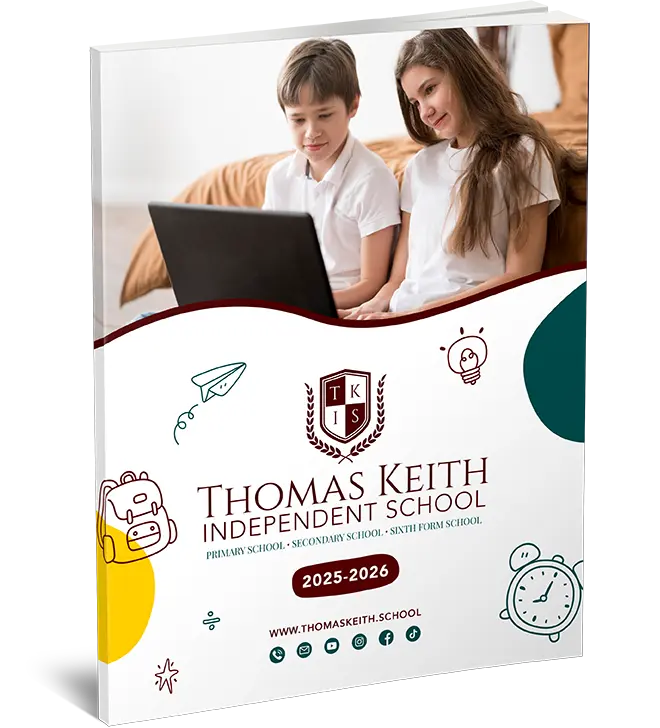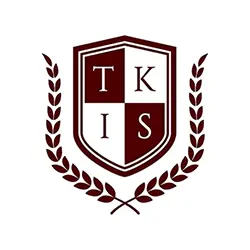Formal Language for KS2 is an essential skill that helps students communicate more effectively and appropriately in various situations. It involves using clear and correct language that avoids slang, contractions, and overly casual expressions. By practising Formal Language for KS2, students can learn how to express themselves in academic and professional settings, setting them up for success in school and beyond.
What is Formal Language For KS2?
Formal Language for KS2 is used in writing and speaking when we want to sound serious, respectful, or professional. It avoids using informal words or slang and focuses on clarity, politeness, and proper grammar. In formal language, students use complete sentences and refrain from shortening words or using casual phrases. This form of communication is more structured and precise, ensuring that the meaning is easily understood.
Example:
At Thomas Keith Online Independent School, students are encouraged to use formal language in their assignments and communication with teachers. For instance, instead of saying, “Can I get my work done?” a student should say, “Could I please complete my work?” This use of Formal Language For KS2 helps maintain a respectful and clear tone in both written and spoken communication.
Key Points about Formal Language For KS2
- Complete Sentences and Proper Grammar:
Formal language uses complete sentences and proper grammar to ensure clear and effective communication. This helps students express their thoughts accurately and without confusion. - Avoiding Contractions:
In Formal Language For KS2, contractions like “I’m” and “you’re” are avoided. Instead, students should use “I am” and “you are” to maintain a more formal tone. - Clarity:
Formal language focuses on clarity, ensuring that the meaning of each sentence is easily understood by the reader or listener. This is particularly important in academic writing or when giving instructions. - Usage in Academic and Professional Contexts:
Formal Language For KS2 is especially important in academic writing, such as essays or reports, professional emails, and when speaking to teachers or adults. It helps students develop a respectful and mature approach to communication.

FAQs
Why should I use formal language?
Using Formal Language For KS2 helps students sound professional, clear, and respectful. It is important in school and work settings, where proper communication is essential for success.
When should I use formal language?
Formal language should be used when writing essays, reports, emails to teachers, or any formal situation where respect and clarity are needed. It is not typically used in casual conversations but is essential in academic and professional contexts.
Can I use formal language in casual conversations?
No, formal language is typically reserved for professional or academic settings. In casual conversations with friends or family, informal language is more appropriate.
How can I improve my formal language skills?
To improve Formal Language For KS2 skills, students should practice writing and speaking in complete sentences, avoid slang, and read examples of formal writing. Additionally, paying attention to grammar and using clear language can help students strengthen their formal language abilities.
Conclusion
Formal Language for KS2 is a vital skill for students as they learn to communicate clearly and respectfully in school and beyond. By practising formal language, like students do at Thomas Keith Online Independent School, they can enhance their ability to express themselves in academic, professional, and respectful ways. Developing these skills will help students succeed in a variety of settings and improve their overall communication.




